Classic Movie Review: 'Black Christmas (1974)'
The opening minutes of Black Christmas are a masterful example of horror filmmaking.
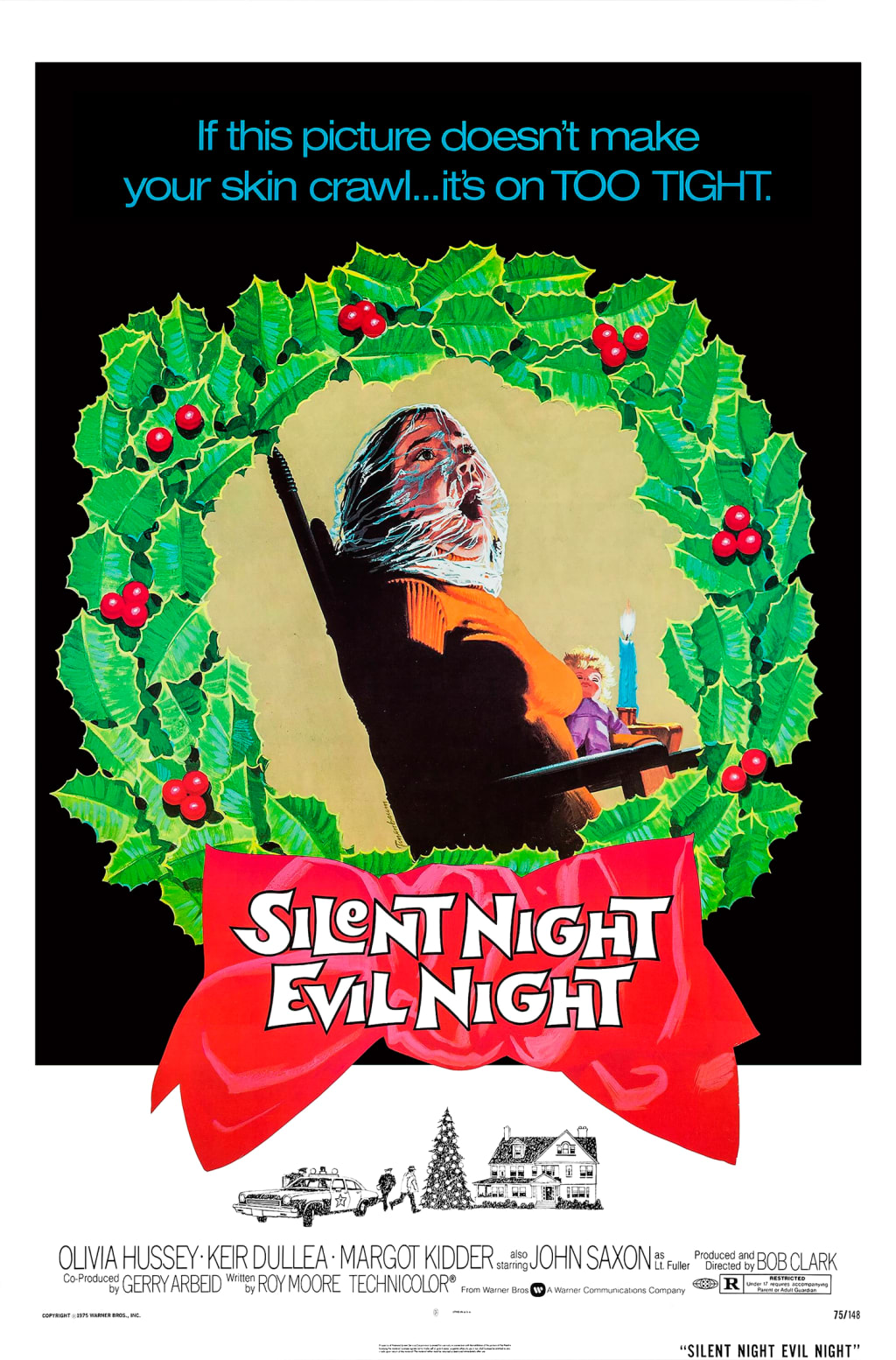
Black Christmas (1974)
Directed by Bob Clark
Written by A. Roy Moore
Starring Olivia Hussey, Keir Dullea, Andrea Martin, Lynne Griffin, Margot Kidder, John Saxon
Release Date December 20th, 1974
Published December 4th, 1974
A static shot of a home at night greets as our entry point to Black Christmas, Bob Clark's legendary holiday slasher movie. Clark holds the shot of the house throughout the credits, which include the title of the film in a lovely script known, according to find my font, as the Pamela Font created by Dieter Steffman, a German designer with a long history of creating unique fonts used by The Rolling Stones for their album covers, among many other iconic pop culture fonts. The font is not important but, it's a minor fascination for me and I love the idea that there are people in the world who are famous for creating fonts.
Following the end of the credits we cut to the front door of the house. The Greek letters on the outside of the home and the fact that a young woman enters the front door, lead us to the correct assumption that this is a Sorority House, home to a number of young college aged women. After we've seen the woman enter and a camera pan to a nearby window communicates what appears to be a party underway, we cut back to the front door but things are different now. Instead of a steady camera pan or a static shot, we are now in a perspective shot. We are in the perspective of someone approaching the sorority. As Christmas music plays inside, the soundtrack is dominated by the heavy breathing of the person whose perspective we have assumed.
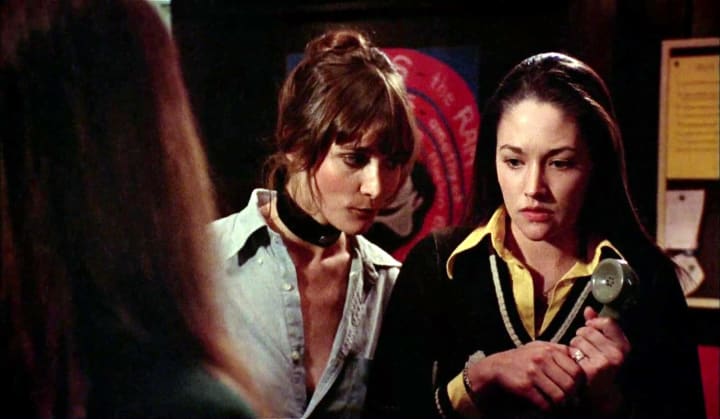
The subtle shift in camera style is skillfully played by director Bob Clark and his cinematographer, Reginald H. Morris. Even someone who doesn't pay close attention to such things as the way the camera is used in a particular scene, will understand the shift from a standard series of shots establishing a place and a status quo, to a camera perspective that is an active participant in the scene. The Christmas music falls away, replaced by a subtle, deep bass, slightly unnerving. The breath of this new character is underscored by a chilling wind sound effect, the cold underlining the chill you feel as this heavy breathing individual slowly makes their way to the door of the Sorority.
Without a word spoken, Bob Clark has amped up the tension and placed you in the perspective of an unseen character who may or may not be a dangerous killer. If you know the movie you are watching is a horror film, the title, Black Christmas, is pretty good lead in that direction, then you can infer that you, the audience, are the killer. Clark here is commenting on the horror movie in general. Placing the audience in the perspective of the killer is an indictment of an audience who comes to a horror movie to watch people die. In the span of less than 2 minutes, Clark has demonstrated a mastery of film form that will play out further as he introduces actual dialogue, characters, and incident into Black Christmas.
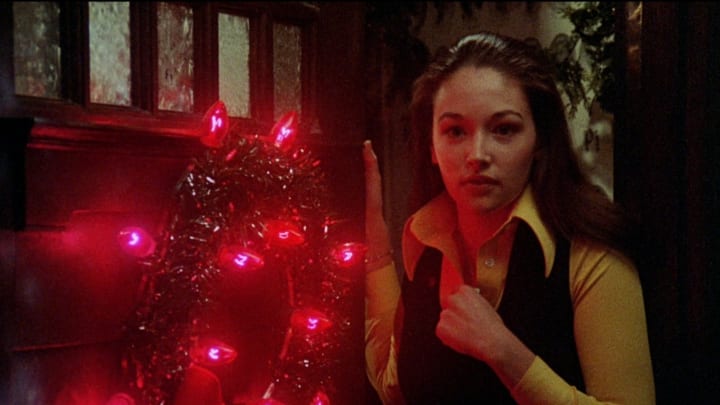
The scene then transitions as the unseen heavy breathing person steps forward and the camera returns to its previous status as an observer of events. The shadow of this unknown individual crowds the frame, seeming to move forward toward the windows of the Sorority House and as this person slowly approaches the house, the camera recedes until we jump inside the house and a Sorority member, we will come to know as Barb (Margot Kidder), descends the stairs. Inside the house, the front door is open, presumably having been opened by the unseen man but, he's still outside, the open door is a red herring of sorts, a distraction. We are thrust back into first person perspective soon after as the unseen character climbs a trellis to an open window in the attic.
The creep factor rises with each step, each climb up the side of the house, and our stomach drops knowing that this man has entered the house through an open window. Inside, Barb has just received a phone call and is leaving the room filled with her friends and visitors to be alone to take this call. The implication is that Barb is about to be victimized and your breath catches in your throat as you anticipate what comes after a person slips inside of a house undetected and whose aggressive breathing and stealth indicate something malevolent is about to happen. The warmth and good nature of Barb's interactions with her friends is broken up by the cold detachment of the killer breaking into the upper floor of the house, a pitch perfect juxtaposition that ratchets up the growing tension.
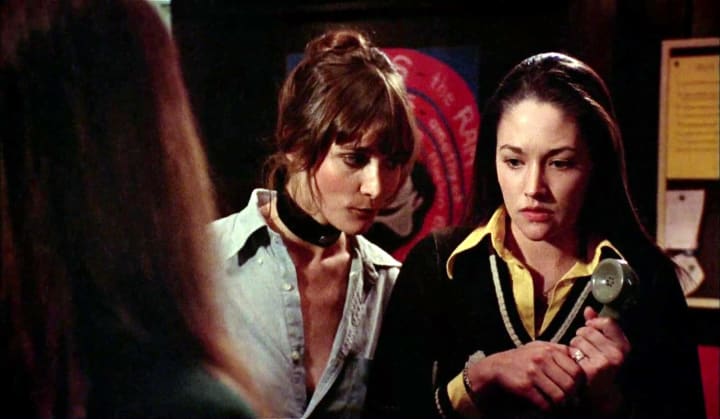
The sound design in this sequence deserves a shout out. Clark drains the music away in favor of sound effects, the breathing of the killer, the chilling wind outside the window he's just climbed inside, and the creaking floorboards of the attic that threaten to warn others in the house that someone is upstairs. Inside the attic are a veritable minefield of items to trip over or make noise with. We may be in the perspective of a creep who has broken into a sorority house, and may be a killer, but it doesn't stop us from not wanting any noises to be made. We want to see how this will play out and while we are not rooting for this unknown person and potential killer, instinctually, we do not want anything falling over or being tripped on. The first-person perspective of the camera means that if this person falls, so do we.
The production design choices force you deeper into that first person perspective. We are the eyes of the killer, we are searching the room, we are trying not to draw attention or knock anything over. Whether we want to be in this situation or not, we are identifying with and being bonded to this evil character and we are helpless against the movie acting upon us using this first-person perspective. Inside the house, Barb is on the phone with her mother getting some exposition done. While she does this, the camera pans up the stairs and goes looking for the home invader. Finding the unseen character, we return to his perspective. We know this because ever so slightly, the camera is unsteady, it's gaze focused but constantly moving. This is juxtaposed against a static shot of Barb on the phone and a smooth pan from Barb, up the stairs. The subtle changes in camerawork are an ingenious way to build tension and shift scenes.
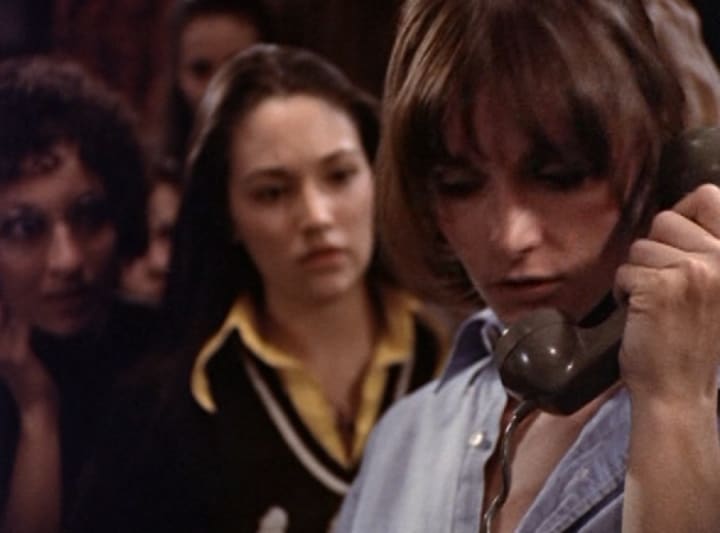
"You're a gold-plated whore Mother" says Barb on the phone. This is exposition, Barb has just been told that she's not coming home for Christmas. Her mother is running off somewhere and so Barb will be staying at the Sorority House for the holidays. As Barb's conversation unfolds, we go back to the perspective of the killer and the shifts in perspective, the passive, observant camera to the shaky, first-person perspective camera, are brilliant. The motif amps up the excitement. When we are in the killer's perspective it feels dangerous and alive. When we're not in the first-person perspective, we're searching the frame to see if the passive camera is capturing the first person in the background. Again, this isn't reinventing the wheel, it's just solid filmmaking choices made by a smart director.
Black Christmas will carry the motif throughout the rest of the film and it never stops being effective due to overuse. The shifting perspective combined with just the right amount of character work from this talented ensemble of actors, makes Black Christmas memorable, chilling, and endlessly watchable. Bob Clark's terrific direction is why Black Christmas is the original holiday horror movie classic and one of the most influential horror movies of all time. Black Christmas is being featured for the third time on the I Hate Critics Movie Review Podcast, part of a growing Christmas tradition where we do our best to get to the heart of this ingenious holiday horror movie.

Find my archive of more than 20 years and nearly 2000 movie reviews at SeanattheMovies.blogspot.com. Find my modern review archive on my Vocal Profile, linked here. Follow me on Twitter at PodcastSean. Follow the archive blog on Twitter at SeanattheMovies. Listen to me talk about movies on the I Hate Critics Movie Review Podcast. If you have enjoyed what you have read, consider subscribing to my writing on Vocal. If you'd like to support my writing, you can do so by making a monthly pledge or by leaving a one time tip. Thanks!
About the Creator
Sean Patrick
Hello, my name is Sean Patrick He/Him, and I am a film critic and podcast host for the I Hate Critics Movie Review Podcast I am a voting member of the Critics Choice Association, the group behind the annual Critics Choice Awards.



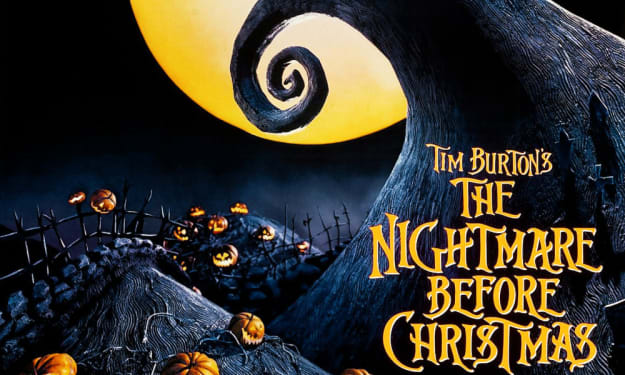



Comments (3)
Perfect 👍🏾
I had a friend from China who told me to watch this and it was awesome. I loved reading this review of yours, keep it up mate x
Exceptional work! Keep up the remarkable progress—congratulations!